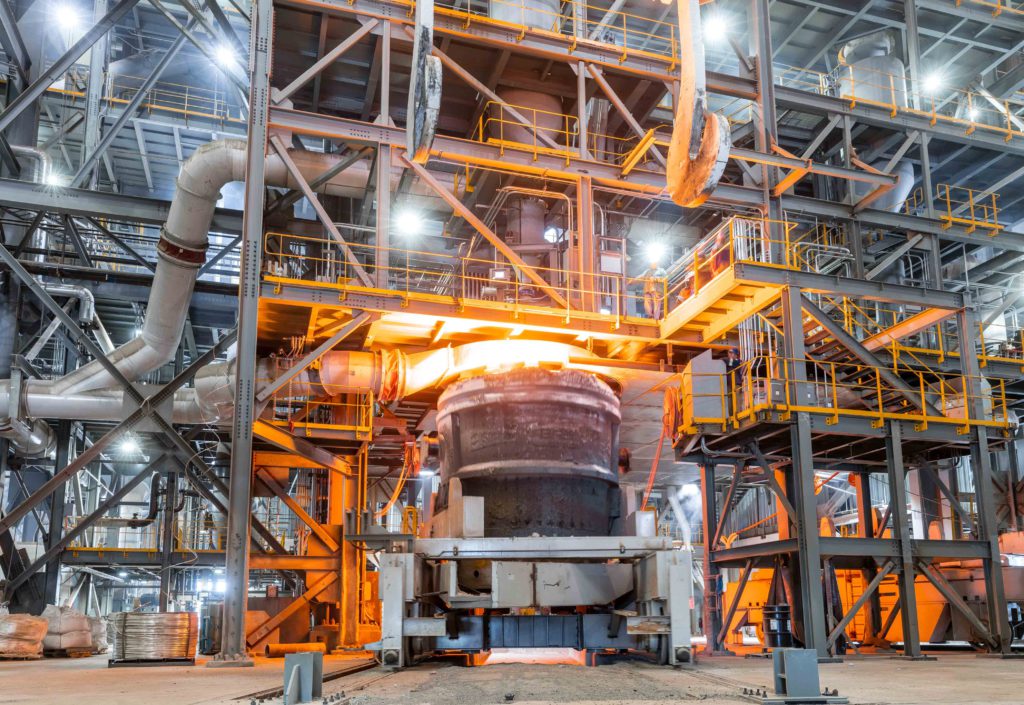Grossi issues fresh call for restraint around Zaporizhzhia plant
22 February 2024
International Atomic Energy Agency Director General Rafael Mariano Grossi has reiterated his call for "maximum restraint and strict observance" of the UN-backed safety principles at the Zaporizhzhia nuclear power plant because of the "continued volatile situation".
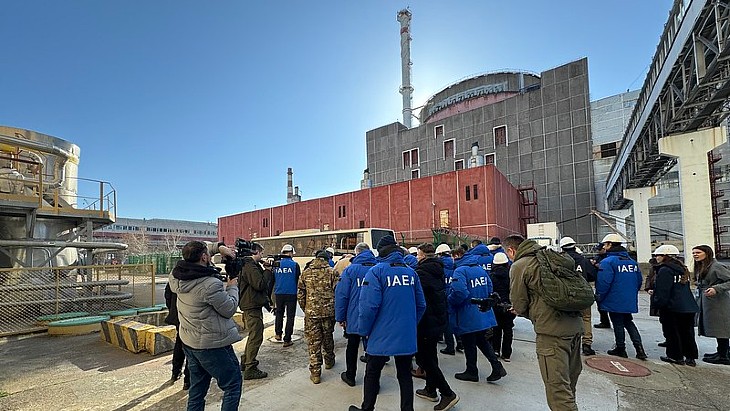 Grossi visited Zaporizhzhia earlier this month (Image: IAEA)
Grossi visited Zaporizhzhia earlier this month (Image: IAEA)In a statement issued by the Vienna-based agency, Grossi "emphasised the need to protect, at all times, the physical integrity" of the plant "and avoid any attack or military activity that could impact the safety and security of the facility".
Also on Wednesday, the director general said that there had been a loss of connection to its one remaining back-up external power line at 14:04 local time, due to a problem which occurred across the Dnipro river some 13.5 kilometres away. The cause of the disconnection was not immediately known.
Although external power to the plant was not lost, the lack of back-up power options was a cause of serious concern he said, adding that "the extremely vulnerable off-site power situation continues to pose significant safety and security challenges for this major nuclear facility".
The six-unit Zaporizhzhia nuclear power plant has been under Russian military control since early March 2022, and it is situated close to the front line. Five of the units are in cold shut down and one in "hot shutdown" where it is producing heat for the plant and the nearby town of Energodar. Those running it said that the continued operation of the main power line means safety operations had not been impactd by the loss the back-up line.
Ukraine's Ministry of Energy said on Thursday that restoration work on the damaged overhead high-voltage power transmission line, which provided a back-up power supply for the nuclear plant, was taking place but was complicated by constant shelling.
Grossi visited the nuclear power plant earlier this month to assess the security and safety situation for himself. He also held talks in Kiev with Ukraine's President Volodymyr Zelensky and he is expected to visit Russia in the next week for talks as he continues efforts to ensure the safety of Europe's largest nuclear power plant.
Meanwhile, the State Nuclear Regulatory Inspectorate of Ukraine says that the 20th rotation of International Atomic Energy Agency experts at the Rivne, South Ukrainian and Khmelnitsky nuclear power plant has taken place, together with a 22nd rotation of those at the Chernobyl site.
EBRD signs new grant agreement for next stage of Chernobyl work
23 February 2024
The European Bank for Reconstruction and Development and Chernobyl Nuclear Power Plant have signed Grant Agreement No.2 designed to help "solve the most urgent and critical needs" at the site.
.jpg?ext=.jpg) The New Safe Confinement in position in 2019 (Image: EBRD)
The New Safe Confinement in position in 2019 (Image: EBRD)
The agreement provides support for the restoration of infrastructure at the site, with the completion of pre-design activities of the New Safe Confinement and the on-going dismantling of the unstable structures within it, as well as the procurement of vehicles and equipment for "reliable and safe operation of the New Safe Confinement shelter facility ... there will also be inspection of the deaerator stage and engine room protruding beyond the boundaries of the fence contour of the New Safe Confinement".
Andrii Tymchuk, deputy CEO of State Agency of Ukraine for Exclusion Zone Management, said: "This programme is intended to solve the most urgent and critical problems of the power plant. ChNPP personnel have gained successful experience in delivery of complicated projects, and we can be sure that this agreement will be implemented expertly."
The European Bank of Reconstruction and Development (EBRD) acts as the manager of grant funds provided by the International Cooperation Account for Chernobyl to the State Specialised Enterprise Chernobyl NPP (ChNPP).
Balthazar Lindauer, director of the EBRD nuclear safety department, said: "We are starting a new stage and the signing of the grant agreement symbolises the beginning of the operation of the ChNPP security programme."
The original shelter over the destroyed unit 4 at Chernobyl was constructed at pace, and the international Shelter Implementation Plan in the 1990s had three phases - firstly to stabilise it and secondly to build a larger secure construction to enclose it - the New Safe Confinement (NSC) which was completed in 2017 to pave the way for the dismantling and decommissioning stage.
According to World Nuclear Association, the hermetically sealed NSC "will allow engineers to remotely dismantle the 1986 structure that has shielded the remains of the reactor from the weather since the weeks after the accident. It will enable the eventual removal of the fuel-containing materials in the bottom of the reactor building and accommodate their characterisation, compaction, and packing for disposal. This task represents the most important step in eliminating nuclear hazard at the site - and the real start of dismantling."
The NSC is the largest moveable land-based structure ever built - with a span of 257 metres, a length of 162 metres, a height of 108 metres and a total weight of 36,000 tonnes equipped - and with a lifetime of 100 years has been designed to allow for the eventual dismantling of the ageing makeshift shelter from 1986 and the management of radioactive waste. It has also been designed to withstand temperatures ranging from -43°C to +45°C, a class-three tornado, and an earthquake with a magnitude of 6 on the Richter scale.
In December Chernobyl was given a six-year extension for work dismantling the parts of the original shelter facility most at risk of collapse.
The NSC has been funded by the international community through donations from more than 40 countries to the EBRD and cost about EUR2.1 billion (USD2.5 billion).
Researched and written by World Nuclear News
.jpg?ext=.jpg) Deep Isolation's waste repository concept leverages directional drilling to isolate used nuclear fuel and high-level radioactive waste in deep boreholes located underground in suitable rock formations (Image: Deep Isolation)
Deep Isolation's waste repository concept leverages directional drilling to isolate used nuclear fuel and high-level radioactive waste in deep boreholes located underground in suitable rock formations (Image: Deep Isolation).jpg?ext=.jpg) Withernsea, a seaside resort town and civil parish in Holderness (Image: NWS)
Withernsea, a seaside resort town and civil parish in Holderness (Image: NWS).jpg?ext=.jpg) The Prime Minister addresses personnel at the Kakrapar plant during his 22 February visit (Image: Press Information Bureau)
The Prime Minister addresses personnel at the Kakrapar plant during his 22 February visit (Image: Press Information Bureau)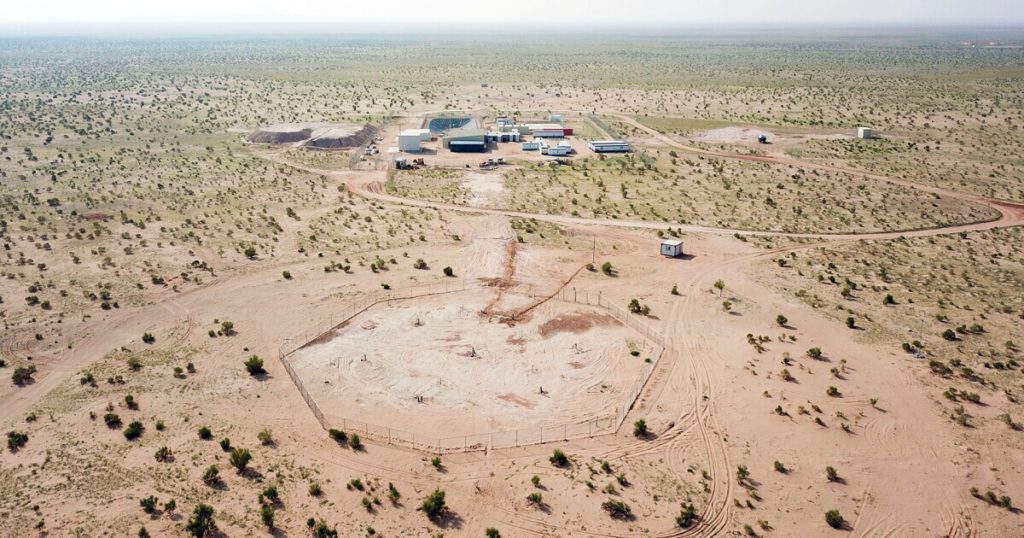

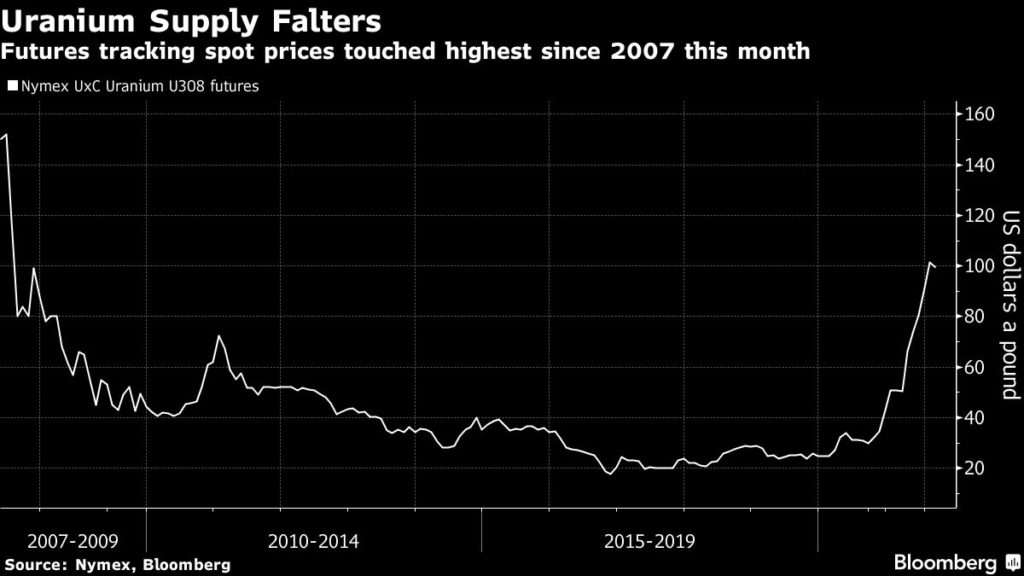
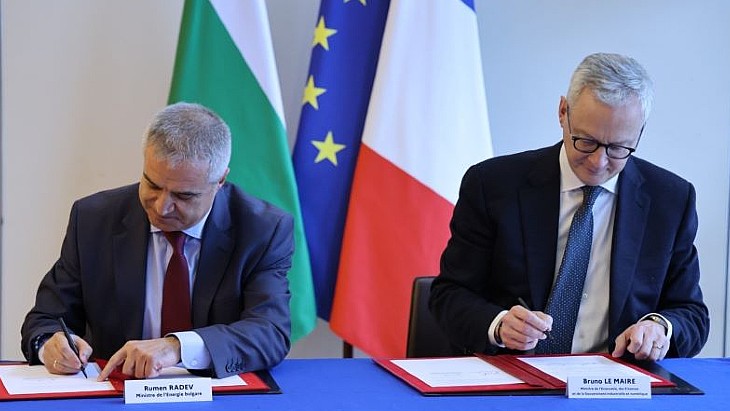 (Image: Bulgaria's Ministry of Energy)
(Image: Bulgaria's Ministry of Energy).jpg?ext=.jpg) The first concrete is poured for the basemat of Zhangzhou unit 3 (Image: CNNC)
The first concrete is poured for the basemat of Zhangzhou unit 3 (Image: CNNC).jpg?ext=.jpg) A rendering of the Hermes demonstration reactor plant (Image: Kairos Power)
A rendering of the Hermes demonstration reactor plant (Image: Kairos Power)
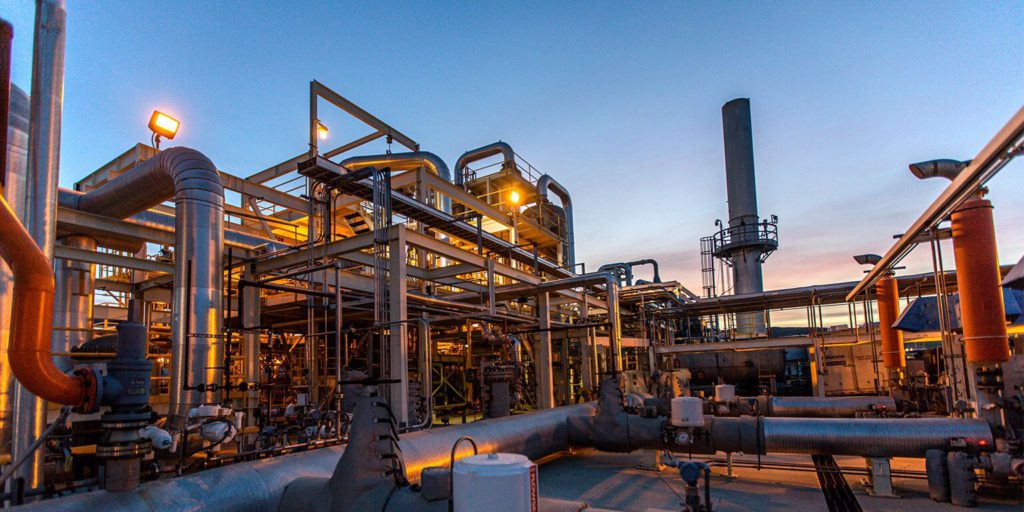

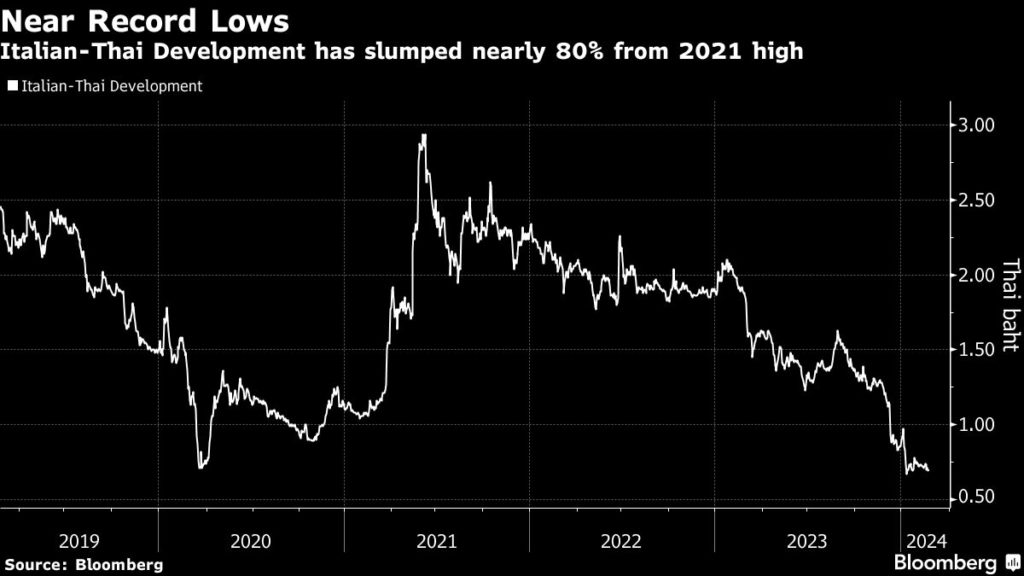
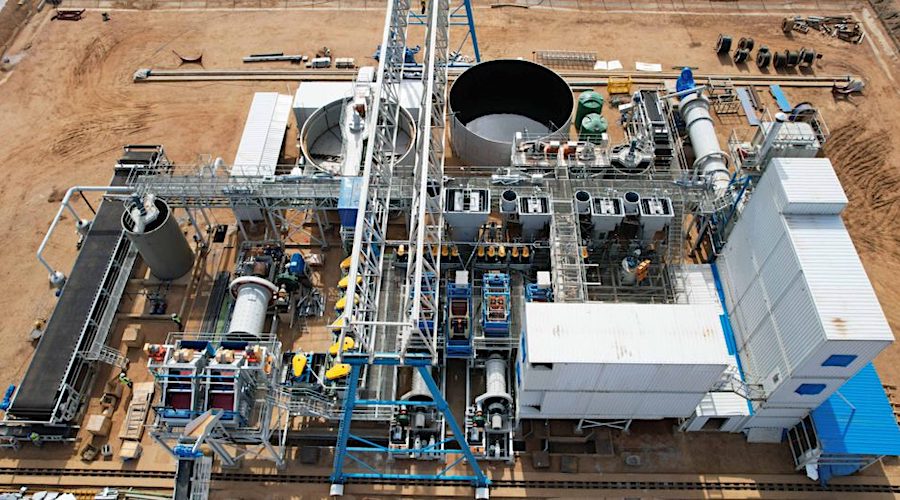
.jpg)

